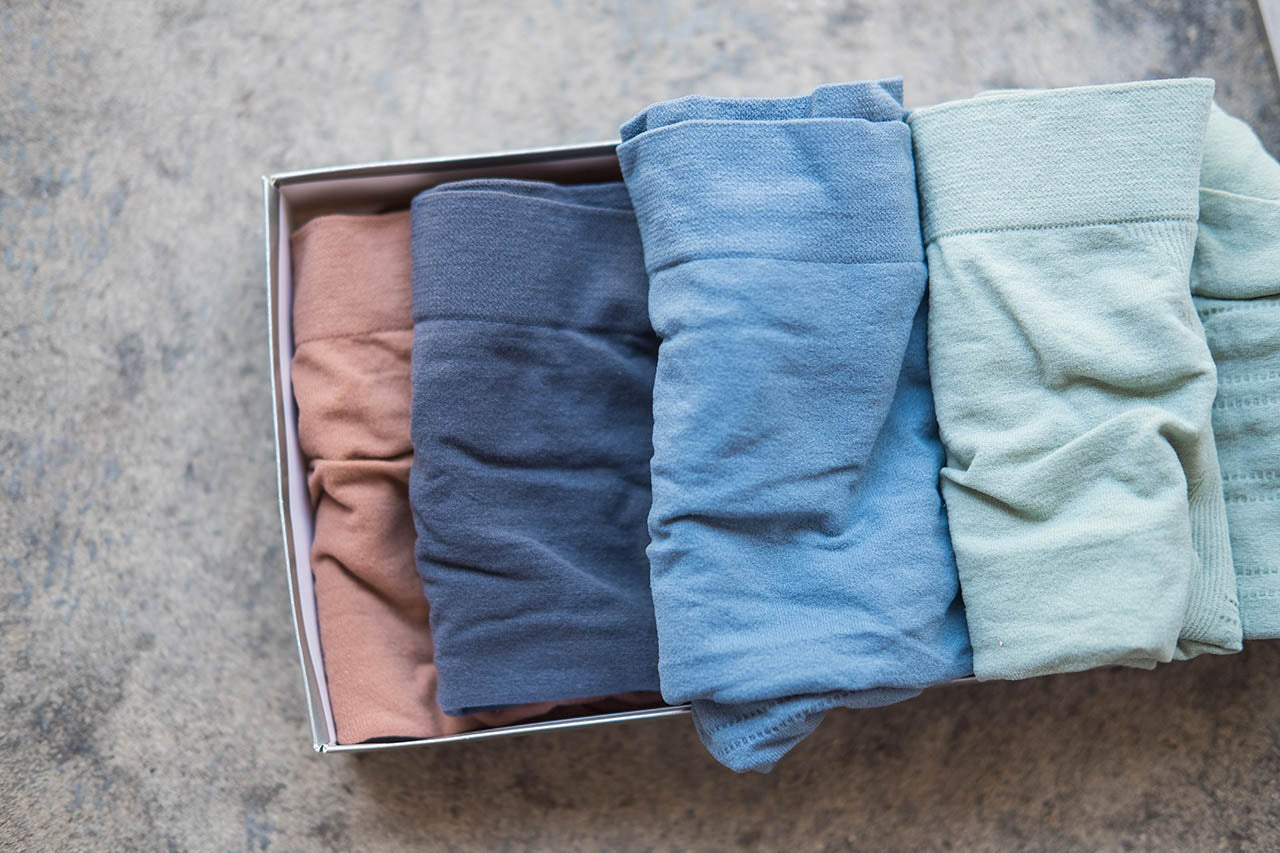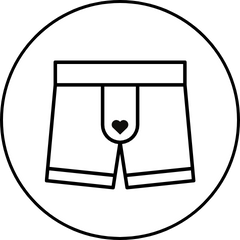
We’ve all wondered about it at some point. You’re folding laundry, wearing your favourite pair of boxers, or scrolling through an online store thinking, “Wait… what’s that hole actually for?”. Is it some kind of built-in air vent for better air flow? A snack hatch for emergencies? A secret escape route for when life gets a bit too snug? Or maybe, just maybe, it’s a little kangaroo wannabe, trying to be a pouch but not quite making the jump.
No matter what you have been using that hole in your boxers for, let’s unzip the mystery for once and for all.
The Original Intent

Back then, functionality ruled over style. A quick-open fly wasn’t just practical; it was a small victory in the daily life of men, saving time and effort whenever nature called. The design itself was straightforward yet clever: a vertical opening, sometimes reinforced with a row of buttons or snaps, which kept everything secure while still allowing access.
Some flies even had a double layer of fabric for modesty and support, which added a touch of craftsmanship to what might seem like a simple feature today. It was all about balancing comfort, utility, and a sense of discretion. And while it might seem quaint now, the fly of decades past laid the groundwork for the pouch designs and modern men’s underwear we enjoy today
Want to read up more about undie history? Check out The Not-so-Brief History of Boxers
Today’s Modern Underwear
Fast forward to today, and underwear design has changed drastically. Modern fabrics, like our signature Swag micro-polyester boxers, offer better airflow, breathability, and comfort and support that the old designs couldn’t dream of.
Now, it’s not just about having an opening. It’s about fit, function, and freedom.
Most men today actually prefer to pull their underwear down rather than use the fly, which kind of makes the old fly style a bit of a relic. But that doesn’t mean it’s gone for good. Many brands still include a vertical opening, horizontal fly, or snap fly for traditional appeal.

The Different Types of Holes (Yes, Really)
If you’ve looked closely, not all flies are the same. There are a few types of fly designs floating around:
- Vertical Opening: The classic design. Easy access, old-school function.
- Horizontal Fly: Opens side to side, often found in boxer briefs for comfort and discretion.
- Snap Fly or Button Fly: Uses snaps or a row of buttons for a bit more security.
- No Fly (Pouch Design): The better option for most men today, focuses on comfort, support, and hygiene over “access.”
Each has its fans, but the pouch design wins for practicality. It keeps things supported, breathable, and naturally positioned, exactly how the male anatomy prefers.
So, What’s the Point Now?

The hole in men’s underwear still exists mostly out of tradition. It’s the style equivalent of a vest pocket, a nod to the past.
But in today’s world of better fabrics, smarter design, and more confident men, you don’t need a hole to feel comfortable or functional.
Ultimately, the best underwear brand knows that comfort, breathability, and support beat old-fashioned fly design any day.
At Swag, we’re proud to create new boxer briefs that focus on what men actually need, not just what they wore decades ago.
So, the next time someone asks, “What is the hole in men’s underwear for?” you can confidently say: “It’s a relic of convenience. But Swag Boxers have moved way beyond it.”
Ready to Give Your Pouch the Upgrade It Deserves?

So, there you have it, the humble hole in men’s underwear, once a practical hero, now a cheeky relic of the past. It’s time to let your boys breathe, your pouch shine, and your comfort take centre stage. Swap the old fly for modern Swag Boxers with roomier pouches, better airflow, and a fit that keeps everything supported.
Don’t just pull on any underwear… step up your pouch game. Your fly might be optional, but your comfort isn’t. Shop men’s underwear today and give your pouch the VIP treatment it’s been waiting for!







Leave a comment
All comments are moderated before being published.
This site is protected by hCaptcha and the hCaptcha Privacy Policy and Terms of Service apply.